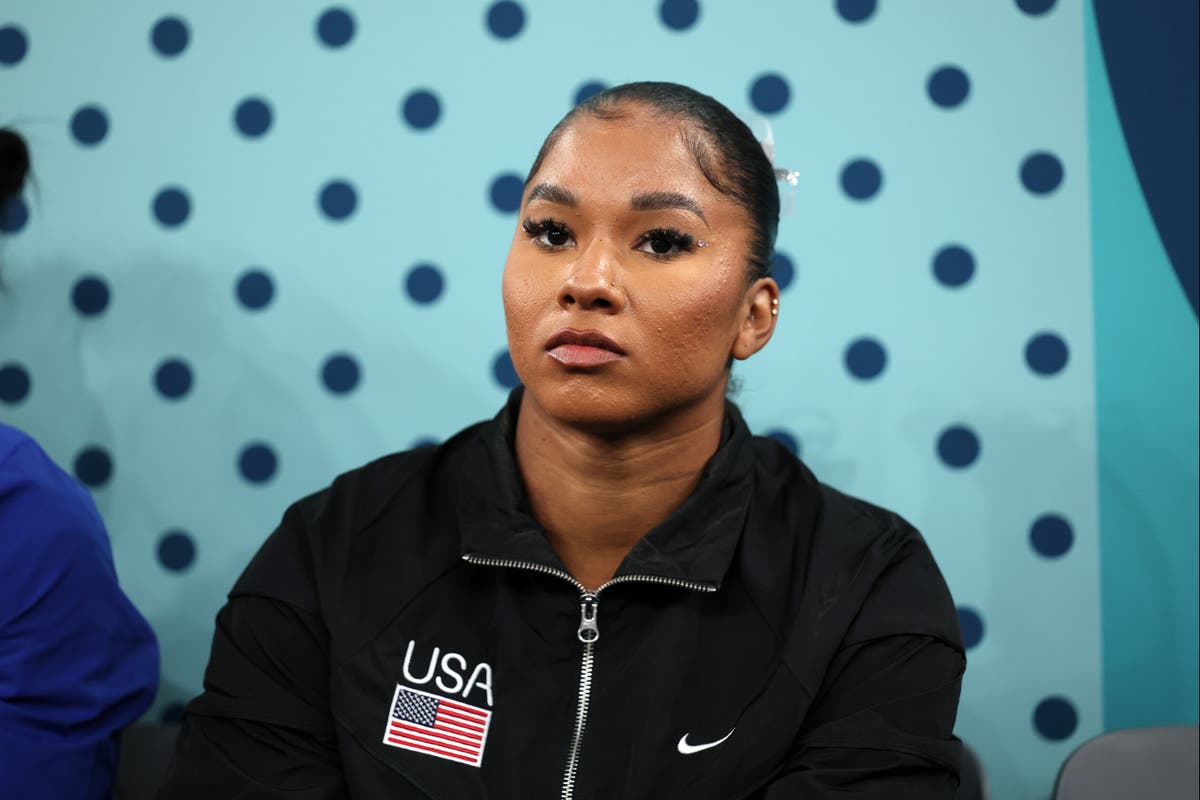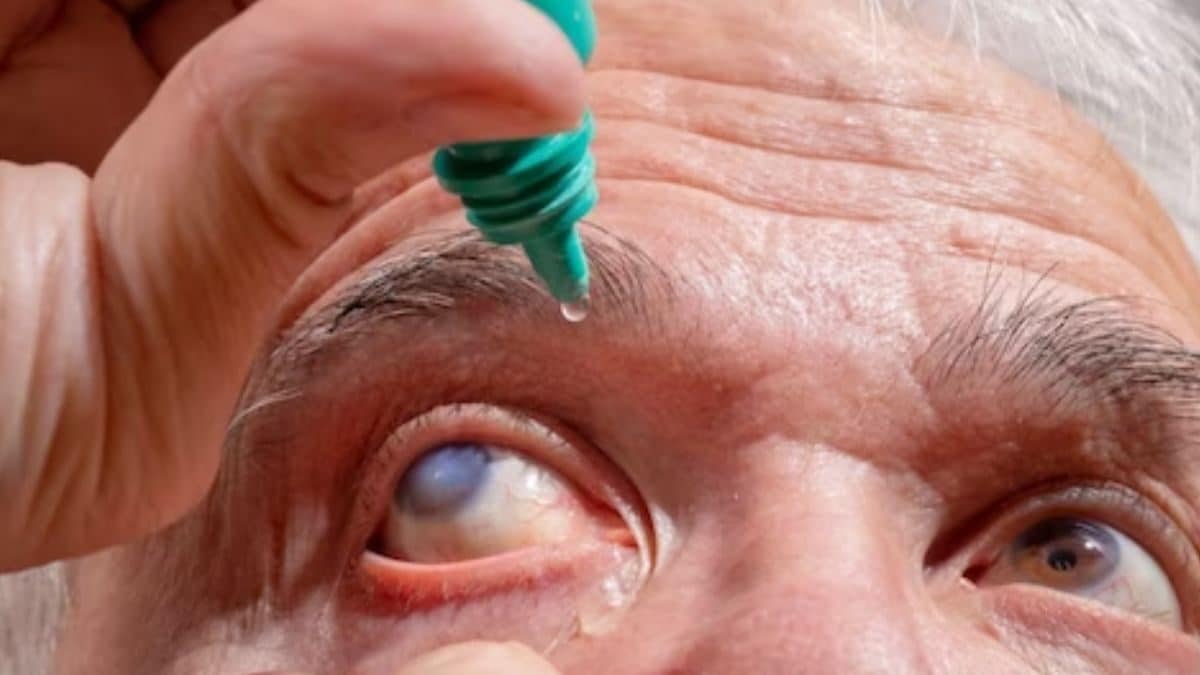Combining dietary and lifestyle practices is highly recommended in Ayurveda to promote healthy vision and prevent eye problems.
Dr. Mandeep Singh Basu, Director, Dr. Basu Eye Hospital, shares the link between diabetes and blindness in women.
The impact of diabetes and its complications on vision, especially among women, is significant. One of the most worrying complications of diabetes is diabetic retinopathy (DR), which can lead to blindness if left untreated. Taking proactive measures to protect vision can be facilitated by understanding the mechanisms behind this condition and its particular risks for women.
Diabetic retinopathy occurs when high blood sugar levels over a long period of time damage the blood vessels in the retina, the light-sensitive tissue at the back of the eye. This damage can cause swelling and fluid loss, causing blurred vision or, in severe cases, completely blocking blood flow to the eye. Additionally, the formation of abnormal blood vessels can exacerbate vision problems and lead to further complications.
Diabetic retinopathy usually affects both eyes and progresses through several stages. Macular edema, characterized by swelling in the central part of the retina (macula), is a common cause of visual impairment in its early stages. As the condition progresses, new, fragile blood vessels can form in the retina, which can rupture and bleed into the vitreous, the gelatinous substance that fills the eye. In severe cases, hemorrhages can cause complete loss of vision if they appear as dark spots or floating objects in the visual field.
The development of diabetic retinopathy is also associated with the development of other serious vision-related complications, such as neovascular glaucoma, retinal detachment, and other serious eye problems.
Despite the alarming prevalence of diabetic retinopathy, especially among women, there is hope. Studies have suggested that estrogen, particularly in women over 60 years of age, may confer a protective effect against the development and progression of diabetic retinopathy. This finding underscores the importance of further research into hormonal influences on vision health and the potential for targeted interventions.
In addition to conventional treatments such as laser therapy and anti-VEGF injections, complementary approaches based on Ayurveda promise to support eye health. A nuanced understanding and comprehensive treatment approach is needed to navigate the landscape of diabetic retinopathy (DR), especially for women.
There are several Ayurvedic remedies available that can help take care of eye health and prevent diabetic retinopathy from progressing further. Here are some Ayurvedic remedies that can be used to safeguard women's eyesight:
- Netra TarpanaThis therapy nourishes the eyes with medicated ghee, relieving the dryness and discomfort of DR while improving vitality. It also relieves dryness and inflammation, promoting ocular vitality and comfort in managing DR.
- Lepa or BidalakaThis therapy cleanses and rejuvenates the ocular region with herbal pastes, supporting the regeneration of retinal tissue in Diabetic Retinopathy. In addition, it promotes detoxification and renewal, helping to repair damaged retinal tissues.
- nasiaThis therapy addresses the underlying imbalances that contribute to diabetic retinopathy, improves ocular circulation, and reduces inflammation. In addition, it improves general eye health by complementing the treatment of diabetic retinopathy through its anti-inflammatory and circulatory benefits.
- shirodharaThis therapy induces deep relaxation and balance, relieving stress, a factor that contributes to the complications of diabetic retinopathy. It encourages a harmonious connection between mind and body, easing psychological burden and supporting holistic healing in the treatment of diabetic retinopathy.
Integrating these Ayurvedic remedies into a comprehensive care plan can help women proactively manage diabetic retinopathy while optimizing their vision health.












